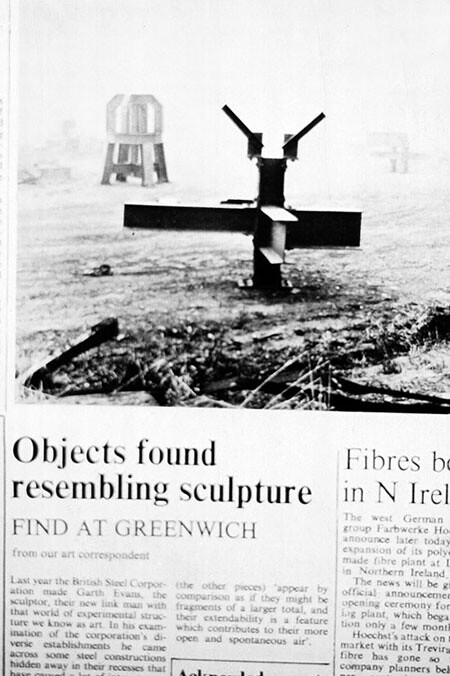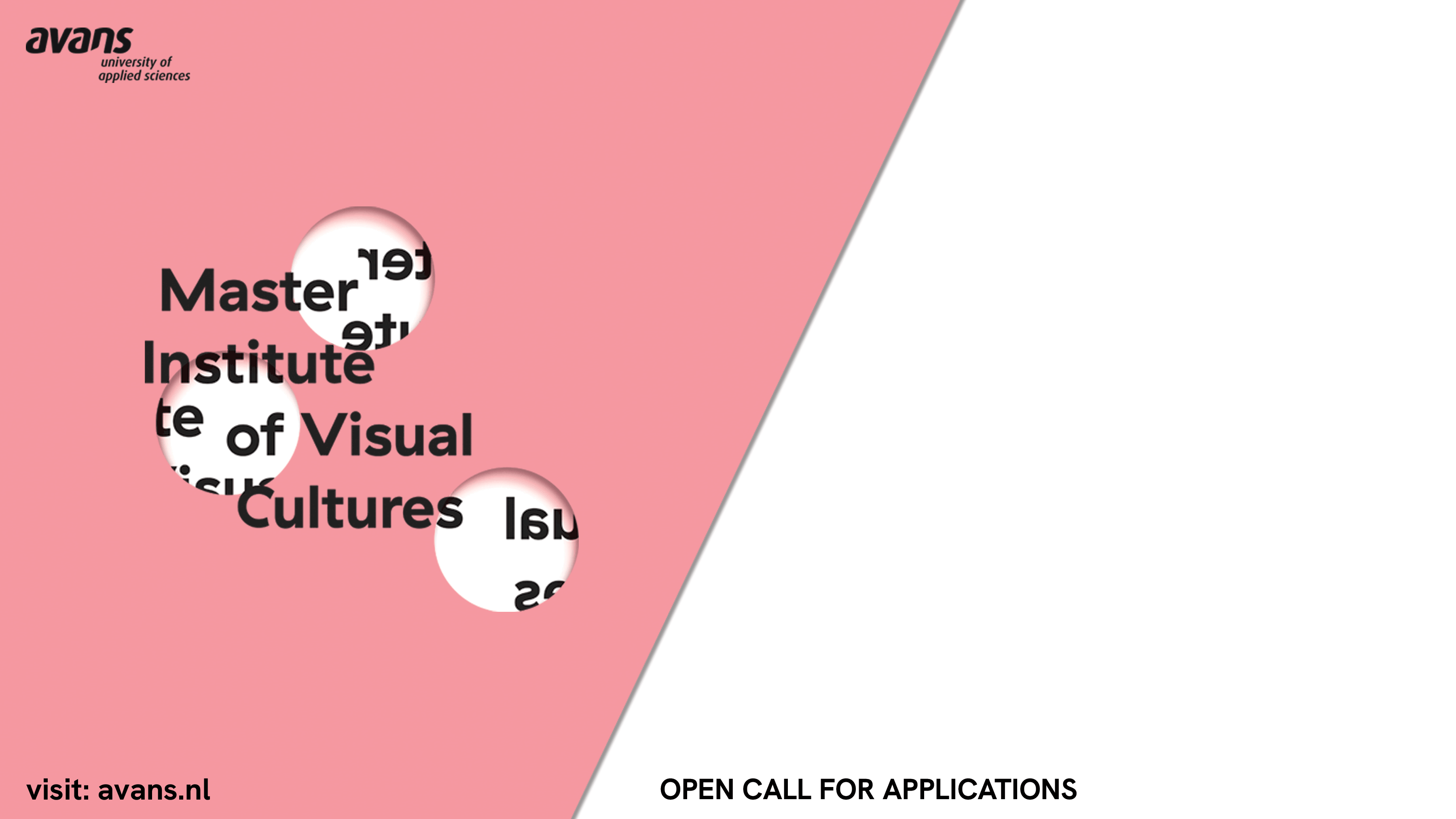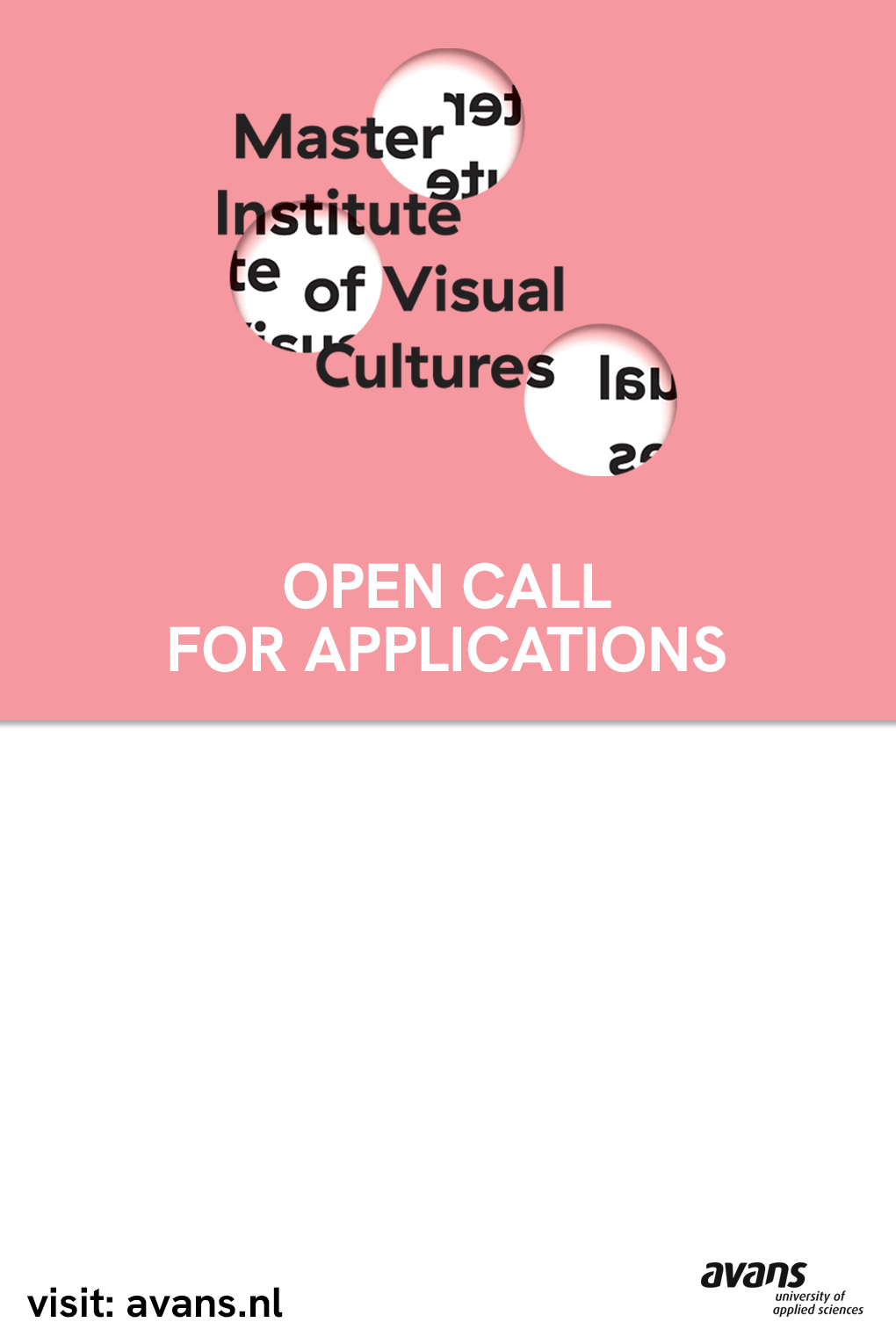We have invented ourselves, so to speak, the social contradictions that made our freedom necessary. Where invented doesn’t mean made up but found and translated the facts that reveal their dormant political dimension.
—Claire Fontaine, “Human Strike Within the Field of Libidinal Economy”
The title “Mimesis of the Hardened and Alienated” comes from a phrase used in an essay by Theodor Adorno called “Situation,” published in his book Aesthetic Theory. In this essay Adorno writes, “Only by immersing its autonomy in society’s imagerie can art surmount the heteronomous market. Art is modern art through mimesis of the hardened and alienated; only thereby, and not by the refusal of a mute reality, does art become eloquent; this is why art no longer tolerates the innocuous.”1 We can make some extrapolations here, which may not necessarily be Adorno’s own. One is that part of modern art’s very being consisted of emulating that which was alien to it. That is, its autonomy was based upon a relation of troubled proximity—whether of rejection or mimesis—to the banal social, economic, material facts from which it operated at a remove. A degree of “near distance” was necessary to provide it with new resources drawn from “alienated reality,” which it would process into increasingly less formal and independent articulations as the transition to the “contemporary” made its impact felt.
This kind of mimesis, as we can observe in the history of art since the decline of its “modern” moment—a decline which was well under way by the time Adorno wrote the above in the 1960s—not only gradually takes over art’s formal imperatives, but also ends up incorporating the social character of the artist and the productive relations which sustain her. This, arguably, signals the shift from modern to contemporary art, to a situation in which art is no longer a separate domain strategically distancing itself from or connecting to an “alienated reality” at will, but a specialized niche within that reality—art that is contemporary with its time, a time which is strictly harnessed to the temporal rhythms of the market, or more broadly, to capital accumulation.2
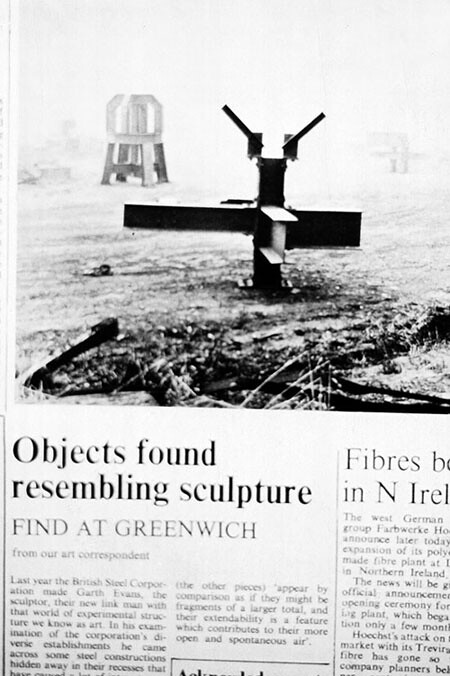

Another extrapolation would be that the intolerance of the innocuous that Adorno imputes to art can otherwise be coded as a constant modernizing and revolutionizing of the techniques, social relations, and formal ambitions of art. This tendency can perhaps be said to follow the “dialectic of Enlightenment”—art constantly strives to overcome its inherited limits, but the metaphysics of art stay in place and prevent it from fully doing so. Following through on this modernizing logic might also entail art doing away with itself in a moment of enlightenment-cum-immolation.
Like all narratives of modernization, the one of art cannot help but also evoke the narrative of economic growth, the liberation theology of capital. Capital, too, is always striving to overcome its boundaries and turn the new terrain it has won into the basis for a new round of accumulation.3 More specifically, we can allude to the process of “disruptive innovation”—or to take its classical Schumpeterian variant, “creative destruction”—as a rubric that encompasses and binds processes of critical valorization internal to art and the processes of capital valorization in which it is enmeshed, however differently these “disruptions” are articulated in these two domains.4 As emphasized by Rosa Luxemburg, capital expands by absorbing into itself non- or pre-capitalist forms of life and modes of the reproduction of life in an ongoing vector of “primitive accumulation.” Art, as described by Adorno above, similarly expands its reach and its relevance by absorbing and re-presenting in its own domain that which was not previously deemed an instance of art.
And just as in the vortices of capital, this occurs as a “disruptive innovation,” putting into question or rendering obsolete the previous modes of signification and value, forcing new languages of critique and ushering historical narratives into view which can “account” for this new paradigm. And, parenthetically, art also acts as a form of “disruptive innovation” within the economy, with culture-led regeneration tasked with redeveloping whole areas, displacing and replacing the populations that inhabit them with those more geared to the specialized subjectivities—and the high-value forms of consumption that come with them—than the previous residential and commercial patterns.
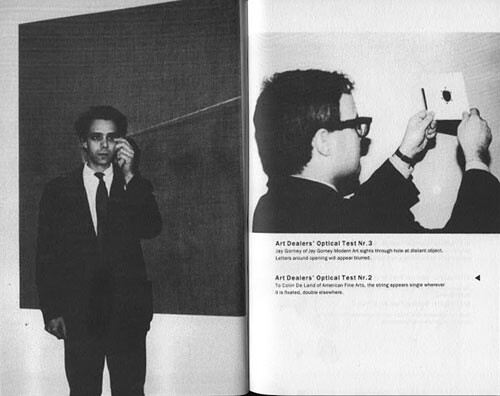

However, if these ideological affinities can be mapped and developed further, the analogy between “disruptive innovation” in art and in business is of only limited interest so long as it stays at the level of analogy, without allowing us to discern a common logic structurally grounded in the economic mechanisms that drive capitalist society.
We can start to delineate some of the features of such a logic with the proposition that “the mimesis of the hardened and alienated” as it comes to us today does not simply, as I have already indicated, give art new resources for its own formal, or even social, innovation. It also allows it to stop being art, or to stop being only art, and allows it to start playing a much more direct role as a channel of empowerment, governance, and even accumulation—if only of “social capital”—for specific communities and in specific contexts.5 No longer is art a component in larger market-led and top-down social engineering plans, adding value and creative cachet to speculative property development, however threadbare and transparent this procedure has become.
Today it is art, and the art institution in particular that provides the “added value” to activities that function only partially and strategically as art. It is now the practice of the hardened and alienated in the social field, with the mimesis of art. This resource-based approach, distinguished by a pragmatism that appears subversive at first glance, ends up buttressing the boundaries it treats so casually, because it lives and dies with the capital those boundaries are still capable of yielding. That is, the institution of art must remain in place, but so must the institution of business and the community—the community of capital.


Here I would like to confine myself to charting the “entrepreneur” as a policy and a life-form that not only indexes this pragmatism in the field of art production, but also in the world of activism, particularly online activism and many US-based progressive NGOs. Besides embodying a logic between art and activism in some exemplary art practices of the present moment, the entrepreneur can also appear as a logical culmination of the “disruptive innovation” that economic logics must represent in the field of art, if art is to remain relevant to the exigencies of the contemporary and to simultaneously not be defined by them.
What comes to mind when we try to reflect upon entrepreneurialism in the field of culture? For instance, we can think of a sort of entrepreneurialism-from-below that some still fondly remember as one of the better aspects of Thatcher’s legacy in the UK, producing a great deal of idiosyncratic and insurgent self-organized culture such as post-punk record labels. These emerged once the field of cultural production was re-drawn by both the DIY imperative and the ideology of small ownership, and they were touted as the best way to secure material and ideological independence from the state and the social compacts that state cultural funding was meant to secure.
One could also recall the “culturepreneurs” of the 1990s and early 2000s.6 When it comes to charting the fortunes of this figure in periods of crisis like the present, one is reminded of World Bank policy documents extolling the bootstrapping virtues of street sellers and “micro-entrepreneurs” who need only a small boost of micro-credit from the bigger entrepreneurs to flourish in the vibrant informal economy of the “emerging markets.” As the work of Silvia Federici on the destructive impact of micro-credit in Indian, African, and South American subsistence economies, or even the recent campaigning around “payday loans” in the UK, should have taught us, unregulated micro-economies (serving “populations” which are not deemed worthy of regulation, since they have proven themselves unresponsive to market incentives those regulations are there to promote) breed large parasites.7 The greater the degree of need, the more likely it is that entities capitalizing on that need will—like the layers of sub-contractors in informal economies or deregulated large economies—spring up, further eroding the solidarity required to organize effectively against exploitation and poverty.
Only right-wing zealots would deny that capital invariably tends toward monopoly, which contributes to limiting access to resources for those who do not start from an established resource base, driving the much-eulogized small producers, innovators, and so forth out of business, returning them to the pools of dependent waged labor or unemployment from whence they came. Here we can also think of Albert-László Barabási and his theory of the emergence of power-nodes in scale-free networks.8 The law basically stipulates that those who have resources will attract more, while those who don’t will have to transfer whatever they have to those with the resources, in a network-theory confirmation of the biblical adage.9
However, maybe a bit laterally, I would also like to think about the dispositions, subjectivities, and sensibilities—in other words, the aesthetics—that are produced in the encounter of art with the “disruptive influence” of business. The cell-form of art is the entrepreneurial artist who reproduces the institution simply by reproducing herself as an artist. She is thus mimetic of the “automatic subject” of value, which is self-reproducing as a social form once the presuppositions (for capital, private property and wage labor; for art, the institution of art) are in place.
Claire Fontaine have discussed this in terms of the “ready-made artist,” the natural consequence of a century’s assimilation of the readymade “artwork” into the institution of art and the predictable slow diffusion of art as a quantum which can take place in, and add value within, any social situation, guaranteed by the art institution in the person of the artist.10 This instills an ethical and affective homogeneity that obtains between the subject and object of art, and, in times of the intensified rule of abstract value over production in general and art’s markets in particular, between art and capital. This contributes to an evening out of the ideological edges between economic and political positions, as a general agreement is reached that capital is simply what we all are and should strive to maximize. Parenthetically, this can be compared to the non-politics of inclusion, where systemic variables cannot be questioned or changed, but more and more people can be upgraded to “participate” in the system, and political activism is nothing but an evening out of the playing field to improve the prospects of success for those temporarily “excluded.”11
It may be objected that more radical perspectives have made an impact on mainstream policy and public opinion since the crisis struck, especially with the emergence of Occupy, 15M, and the uprisings in the Arab countries bordering the Mediterranean. However, as commentators have noted, pragmatism rather than ideological contestation is the lifeblood of (at least) the Western movements, and the bedrock of pragmatism is inclusion, albeit with one important caveat: there can be no demands.12
But how does all this relate to the figure of the entrepreneur as a contemporary art strategy? Perhaps it has something to do with the diffuse activism sketched out above, centered on doing good in the here and now, within a horizon where there can only be addition, only accumulation, never disruption. This kind of pragmatic standpoint thus plays a paradoxically disruptive role in art, if not in society, since art is constituted by the fiction of uselessness, formal rigor, and indexicality rather than direct involvement. Counter-tendencies would of course include all “social practices” that in the past several decades have been variously adumbrated as relational, interventionist, or engaged.
However, isn’t it the case that the practices viewed as most subversive at the time—in counterpoint to, for example, the institutionally fêted Tiravanija or Deller (to take two otherwise extremely divergent practices)—were the overtly entrepreneurial ones? Because they occupied both the community-facing and business-minded ends of the relational spectrum, such practices were deemed to be seriously engaged with the legacy of the art and economics nexus that had been so variously explored since the Artist Placement Group, to take only one of the best known and most opaque exemplars.
Here, I principally have in mind the “shovel-ready” social aesthetics of the collective SUPERFLEX as an illustration of how entrepreneurialism and autonomy conjoin in a resolutely post-critical and results-oriented agenda, which is often indistinguishable from a mainstream development NGO, whether it directs its efforts at Amazonian farmers or residents of inner-city Copenhagen. SUPERFLEX have consistently maintained an emphasis on the “entrepreneurial” as the conceptual basis of their practice.13 This can be viewed as a “capacity-building” maneuver: what they are enabled to do through the agency of the art would not be accessible to a regular business, while the structures and rhetoric of business give them a certain currency in fields outside of, but to no small extent within, art.
Other examples of the “entrepreneurial” as an identification and a logic of production in current and recent art could be cited, albeit not within the confines of this essay’s length. Andy Warhol would of course be the “arche-fossil” here; although artists have behaved entrepreneurially from the beginning, he was perhaps the first to thematize it as a production logic on a massive scale. All such artists opt for the optimizing, expansive possibilities afforded by embracing business as a principle of the production of art, rather than a hostile Other to art. In SUPERFLEX’s case, this is then joined with charitable or community-minded infrastructure projects that easily slot into a “social design” typology, driven by the same logic of optimization as the business side of things.
But even if such non-conflictual activist outlooks are not new in the realm of contemporary art, and indeed presuppose the overtly “social practices” sketched out earlier, SUPERFLEX’s focus on the entrepreneur is somewhat special. Yet celebrating the entrepreneur can be done even more dramatically. Witness the “insurgent business” practice of Theaster Gates, a Chicago-based artist who has received a lot of attention precisely for his projects that seek to “add value” to communities through entrepreneurial artist-led redevelopment. These projects simultaneously seek to add “social credit” to the art world by giving it a chance to contribute to “community development.”
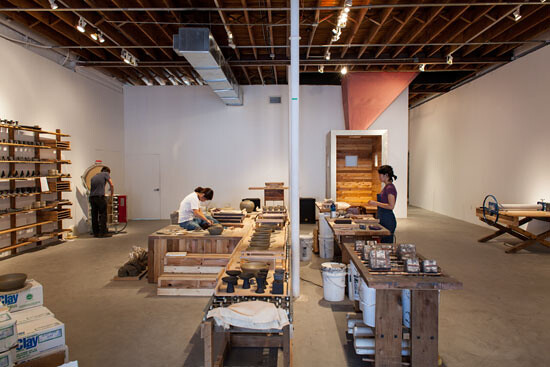

Gates has forged both a lucrative and critically significant career by mobilizing interest and investment in derelict historically African-American areas of Chicago. He does this through a complex and performative practice involving object-making, advocacy, and the physical rehabilitation of built spaces. This amounts to a sort of benign artist-run (rather than art-led) gentrification, empowering the artist himself as well as the community in question.
A recent exhibition at the White Cube in London titled “My Labor is My Protest” presented his work for a UK audience. In the exhibition one finds an articulation of labor as a positive and transformative practice, organizing groups of friends, supporters, and local people to fix up old decaying houses and turning them, not into residential units like Edgar Arceneaux or other US-based artists have done, but into cultural or community centers, archives, and libraries, thus installing “cultural capital” in run-down areas of Chicago. It should be noted that Gates’s work very much departs from the history of racial segregation and zoned disinvestment in the city, but is far less interested in questions of class, or—in a typical mode for mainstream US discourse—elides questions of class with those of race and especially of racialized culture.
Some of the material produced in the renovation process will later find its way to the art market or the exhibition circuit, as Gates uses it to craft discrete autonomous art objects. Recently in Documenta 13 in Kassel, an aging townhouse due to be demolished and converted into a hotel was taken over by Gates and his team for the duration of the exhibition. It was inhabited by Documenta interns, who administered a program of regular activities in the house. The renovation process the house underwent—or rather the documentation of this process—became the artwork on display. Large rooms hosted film and video installations of glossily produced soul and gospel musical performances by the extended milieu of Gates’s associates.
Gates’s entrepreneurial outlook—promoting the virtues of labor in social change, preferably the labor of others, while he interfaces with real estate developers, art institutions, and NGOs—is resolutely and unapologetically “post-political.”14 This evokes the precepts of “human capital,” with the reversal entailed by the notion of the capitalist as a worker and the worker as the owner of “human capital,” which both appropriates and cancels the political subjectivity of work as alienation. This then leads to a monadic notion of experience based on this corporate and consumer personhood, meaning change can only be construed on personal and self-maximizing grounds, bearing out the truth of “human capital” ideology (which, like all ideologies, creates the grounds for its own legitimation).
Remembering Foucault, however, we would also need to decipher the link between notions of creativity in reconstituting workers as infinitely self-enhancing assets or “human capital.”15 While this can only be touched on here, creativity as a complex of overt and implicit presuppositions about the relation between labor and value does not just generalize the “creativity” of capital in relation to labor. It also marks the point where management intervenes in labor, where management is internalized. The mobilization of the entrepreneur is guided by creativity both as a productive norm at work and a way to transcend the constraints of labor, while of course not escaping the demands of value.
Creativity thus marks the joint between self-management and self-exploitation, autonomy and heteronomy. The capacity of creativity to be easily internalized as a workplace norm renders it the form of governmentality that obtains specifically in the workplace, even as the entrepreneur can principally operate anywhere, most visibly in the cultural field and as a labor template for the no-longer-autonomous artist. Creativity thus functions as a springboard for capitalist populism, assuring every exploited worker and discontented artist that their interests are no different from those of capital. These interests signally coincide in the performance of labor that is inventive, fulfilling, and that would be a joyful experience whether or not there was money involved.


Given this set of coordinates, which to me seem to be implicitly and manifestly at play in Gates’s project, he would not to be interested in some of the structural conditions that both make the project possible and give it an affect of politicization. One of these would be the role of the very businesses he invites to support these projects—such as property developers—in the decay and depression his projects are intended to address. Eliding this enables him to uphold a donor-friendly message of inspirational community action and social capital-building through culture. What is powerfully suggestive about his activities is that they so perfectly integrate the logic of culture-led regeneration while at the same time translating this logic into the terms of autonomous art, thereby neutralizing the critical perspectives that have developed around these processes. And this is the aspect of his work that exemplifies the current dogma that frames crisis as an “opportunity” for positive community action, as the state withdraws from social reproduction only to better perform its duties of service to an increasingly narrow fraction of capital accumulation—while at the same time disavowing this set of ideological coordinates by developing a convincing and affective grammar of historically-freighted cultural symbolism and empowerment for its protagonists.
The notion of “empowerment” has long played an ambivalent role—as a progressive rhetoric with often conservative and co-opting results—in minority communities in the West in the neoliberal era, that is to say, in the aftermath of the era of social movements and wide social contestation. “Empowerment,” analogously to the idea of “inclusion” I examined earlier, is the accepted terminology for a process of social mobility that is usually individualized and has a pragmatist orientation in taking extant power relations as its ultimate horizon, as the parameters in which a social actor hopes to improve her position.
However crudely this might resound, we can only understand the function of empowerment as a political technology if we juxtapose it with “revolution” as a way to name the horizon of social change. When applied to collectives, “empowerment” denotes a non-antagonistic mode of advancing through power structures that are flexible enough to accommodate the claims of the thus-far marginalized. It implies a system that is in a position to grant “power” to those claims or the people making them, rather than a system structurally hostile to equality or an “equal” distribution of power. Empowerment thus redounds to the credit of injustice, showing that there is actually enough justice in the system to recognize the claims of the dispossessed (How did they get that way? It doesn’t matter), so the system must be ultimately good, open to change.
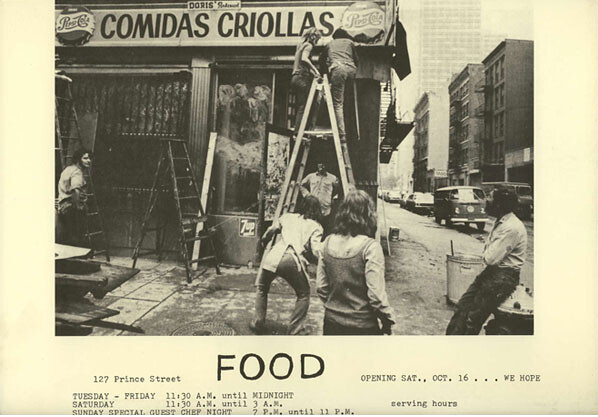

In the case of Theaster Gates, it means that such emblems of structural violence as housing privatization, unemployment, and racialized domination turn into resources for a cultural project that exposes them to the light, only to push them into the background as irrelevant in the face of the real, positive change partially bankrolled by the market and non-profit entities responsible for those very same ills. This project, however, guards itself from charges of instrumentality or exploitation through its recourse to artistic speculation, that is, a parallel as well as an implicated practice of autonomous art that then renders the social a contingent aspect of its mythopoiesis.
This is a notable tendency, not only in Gates’s work, but in a large swathe of current art that takes the social as its material and that circulates at the most visible levels of the global exhibition circuit. Another example is Tino Seghal. In his work, this tendency can be described as a kind of optical illusion that presents two dimensions at once, but which cannot be perceived simultaneously. Either you, as a viewer, agree to the social contract of the work—which involves focusing on the immediate, direct experience of orchestrated sociality in Seghal’s case, or a processual and temporal theatre of community in Gates—or you try to understand the conditions of possibility of these performances, including working conditions, the performers’ agency, power relations in this ensemble of social mimesis, and so forth. Each perspective cancels out the other, rendering any critical approach off limits, or even redundant, because the distance demanded by critique breaks the social contract of frictionless exchange on which this work is predicated (just like in the service industries that it emulates).
The work places itself beyond critique, by its participants or its viewers, because it does not base its criteria on anything but the language and parameters of “autonomous art,” while at the same time using only social relations—such as the economy and layers of institutional mediation in Gates’s case—as its “material” and territory of action. With Gates, there is a valorization of the “entrepreneur” as a broker of capital generated within and outside the community for the purposes of improving the prospects and situation of that community and also turning it into a sort of authored artwork that can circulate through the channels of legitimacy and resources afforded by the art world. Both sites—the community and the art institution—merge in a pragmatic and charismatic tableau of empowerment.
Like the original theorist of “human capital” theory, the Chicago economist Gary Becker, Gates asserts that social change is driven by business, by entrepreneurial initiative, and that a successful enterprise is the best form of resistance to any crisis.16 As a recent review put it, “Against dismissing the sublation of civil rights into consumer rights, ‘My Labor Is My Protest’ proposes business as a mode of collaborative critique. A political space where people make things, invest narrative in those things, and sell those things.”17 So this brings us back to the idea of business as an activity that fosters autonomy, that disrupts established relationships of passivity and dependence.
We can note how easy it is to fuse collaborative critique with the exploitation necessary for making and selling things. Given the current social and economic decline in many part of the world, with escalating concrete misery and stagnation a reality even in the “rich countries,” it is not surprising that activism and business pair up in a utopian vision of social desire that is, at bottom, a vision of money brokering intimate and meaningful exchanges that can have actual “empowering” effects. This is a seductive vision with great social resonance at the moment, echoing the gospel of financial abstraction “out-cooperated” by small-scale enterprise, alternative economic models, and networks of trust.18 We thus seem to be living through a moment of semantically frictionless yet socially devastating fusion between the social and capital. This is something we should definitely figure out how to disrupt.
Theodor W. Adorno, Aesthetic Theory, trans. Robert Hullot-Kentor (London and New York: Continuum,1997), 21.
The art historian and critic Kerstin Stakemeier makes some acute observations on this shift in my dialogue with her in “The Value of Autonomy: A conversation between Kerstin Stakemeier and Marina Vishmidt about the reproduction of art,” Texte zur Kunst 88 (December 2012): 102–117.
Karl Marx, Grundrisse: Foundations of the Critique of Political Economy (Rough Draft), trans. Martin Nicolaus (London: Penguin, 1993), 270, 334, 408–410. The footnote on p. 334 establishes the Hegelian provenance of this idea.
Of course, Schumpeter didn’t believe capitalism relied on exploitation; he was at pains to disprove “Marxian doctrine” with his more scientific deductions that capital accumulation in fact relies on the “supernormal” intelligence and acuity of entrepreneurs. See “Introduction” in Joseph A. Schumpeter, Capitalism, Socialism and Democracy (London and New York: Routledge, 2003), 16. The notion of “creative destruction” is developed mainly in this text.
For a review of a recent book-length critique of the dubious term by Ben Fine, which glosses the arguments of the book as well as its limitations and the types of political agency it does not investigate, see Emma Dowling, “Tales of ‘Much of a muchness’: Adventures in the land of social capital,” ephemera: theory and politics in organization Vol. 12, No. 4: 480–485.
Anthony Davies and Simon Ford, “Culture Clubs,” Mute Vol.1, No. 18 (September 2000), see →; and “Art Futures,” Art Monthly 223 (February 1999).
Silvia Federici, lecture at launch of her book Revolution at Point Zero: Housework, Reproduction, and Feminist Struggle (Oakland: PM Press, 2012), 12 November 2012, Goldsmiths, University of London. The Guardian’s ongoing coverage of the spread of payday loans and attendant controversies includes Hilary Osborne, “University of London bans payday loans on campus,” 28 February 2013; Osborne, “Problem payday loan debts rise by almost 300%,” and Nicholas Watt and Patrick Wintour, “Payday loan firms face cap after government U-turn,” 28 November 2012.
Albert-László Barabási and Eric Bonabeau, “Scale-Free Networks,” Scientific American 288 (May 2003): 60–9.
“The Parable of the Sower” in Matthew 13:12 in the New International Version: “Whoever has will be given more, and he will have an abundance. Whoever does not have, even what he has will be taken from him.”
Claire Fontaine, “Ready-Made Artist and Human Strike: A few Clarifications,” see →.
Alain Badiou, Ethics: An Essay on the Understanding of Evil (London & New York: Verso, 2002).
The “movement of the squares” in Europe and North America (15M/Indignados/Real Democracia Ya! in Spain, Syntagma in Greece, Occupy in the US) had a strong antipathy to political polarization of any kind, and declared themselves, at the highest level of generality, simply in opposition to the present (which is not a bad starting point). Of course, there were many conflicts within the movement, including splits over property destruction in the Oakland Commune and the presence of gender/sexual violence and racism inside the camps. Particularly for the latter point, see the Communiqué from bmorewomentrans at →. Here, the question of the “human strike” can still emerge as an antagonism within a show of unity, whether it is arrived at by consensus or party politics.
I have written about this at greater length elsewhere in Marina Vishmidt, “Sales Targets: Superflex Face the Economy,” Kaleidoscope 10 (2011).
In this sense, it is very much of a piece with the most recent Documenta, which offered a soi-disant ecological thematic whose only theoretical commitment seemed to be to the power of the bourgeois art institution to map and index every natural and cultural phenomenon taking place anywhere in the globe any time in human history—a good diagram of the artistic “primitive accumulation” I discuss in this essay, and here clearly traceable to the “real” primitive accumulation that delivers these far-flung events into the curatorial lap like so much festive neocolonial confetti. (Although with ontological equality between humans and non-humans assumed, the questions of power that are framed through the category of colonialism are no longer possible.)
Jason Read, “A Genealogy of Homo-Economicus: Neoliberalism and the Production of Subjectivity,” Foucault Studies 6 (February 2009): 25–36; Michel Foucault, The Birth of Biopolitics: Lectures at the Collège de France 1978–1979, trans. Graham Burchell (Basingstoke and New York: Palgrave Macmillan, 2008); Marina Vishmidt, “Speculation as a Mode of Production in Art and Capital” (Queen Mary, University of London, 2013).
Gary S. Becker, Human Capital: A Theoretical and Empirical Analysis with Special Reference to Education, 3rd Edition (Chicago and London: The University of Chicago Press, 1993); Hesse McGraw, “Theaster Gates: Radical Reform with Everyday Tools,” Afterall 30 (Summer 2012).
Gil Leung, “Theaster Gates’s ‘My Labor Is My Protest,’” art-agenda.com, 26 October 2012, see →.
The e-flux platform has been a salient vector in this milieu. Given its different but co-present modalities of business, artwork, social aggregator, publishing platform, video distribution service, and exhibition space—all of which take as their object the “social capital” of the art world—it is the Time/Bank project that would seem to be most interested in branding and valorizing the already irregular and quixotic forms of exchange that drive the art world (in distinction, say, from the announcement service, which seems to subsidize some of the less lucrative aspects of e-flux activity). This is not a reflection on Time/Bank’s insufficient radicalism; no local-exchange or time-money system has any capacity whatsoever to shift the capital-labor relation nor its basis in the form of abstract value. The most it can do is prop up de-monetized or hyper-exploited sections of the population or regions, which can sometimes be a significant precursor to any social or political antagonism that then would have systemic implications. This may be said to apply when the state intervenes to ban alternative or parallel currencies which prove “too successful,” as in the episode of the “Wörgl experiment” with freigeld in 1933.
